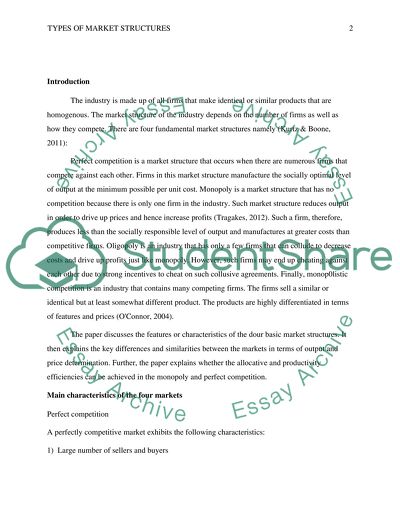Cite this document
(“Perfect competition, monopolistic competition, oligopoly and monopoly Assignment”, n.d.)
Retrieved from https://studentshare.org/macro-microeconomics/1671050-perfect-competition-monopolistic-competition-oligopoly-and-monopoly
Retrieved from https://studentshare.org/macro-microeconomics/1671050-perfect-competition-monopolistic-competition-oligopoly-and-monopoly
(Perfect Competition, Monopolistic Competition, Oligopoly and Monopoly Assignment)
https://studentshare.org/macro-microeconomics/1671050-perfect-competition-monopolistic-competition-oligopoly-and-monopoly.
https://studentshare.org/macro-microeconomics/1671050-perfect-competition-monopolistic-competition-oligopoly-and-monopoly.
“Perfect Competition, Monopolistic Competition, Oligopoly and Monopoly Assignment”, n.d. https://studentshare.org/macro-microeconomics/1671050-perfect-competition-monopolistic-competition-oligopoly-and-monopoly.


